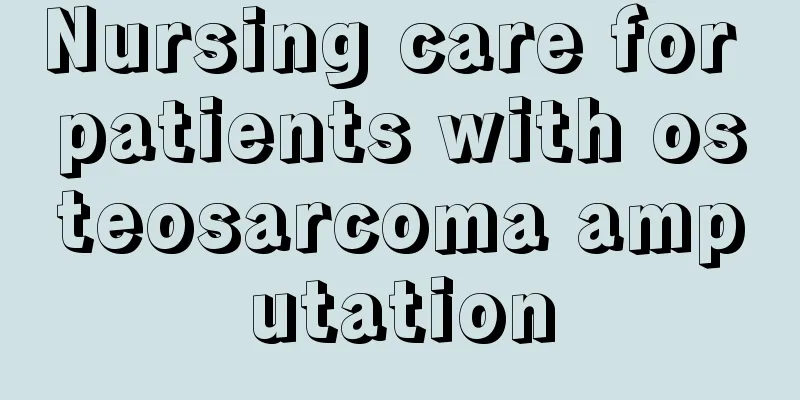How to Treat Esophageal Adenocarcinoma

|
How to treat esophageal adenocarcinoma? Although medical knowledge is now widely popularized, many people still ignore health risks, which can easily lead to the occurrence of diseases. As esophageal cancer is becoming younger and younger, we should be more vigilant about it. While preventing it, we should also master how to treat esophageal cancer to avoid being deceived in the future. So let’s talk about how to treat esophageal adenocarcinoma. 1. Surgical treatment Surgery is the first choice for treating esophageal adenocarcinoma. If the patient is in good general condition, has good cardiopulmonary reserve, and has no obvious signs of distant metastasis, surgical treatment can be considered. Generally, the chances of resection are greater for cervical cancers <3 cm in length, upper thoracic cancers <4 cm in length, and lower thoracic cancers <5 cm in length. However, there are also cases where the tumor is not too large but is tightly adhered to major organs such as the aorta and trachea and cannot be removed. For larger squamous cell carcinomas that are estimated to be unlikely to be resected but the patient is in good general condition, preoperative radiotherapy can be used first, and surgery can be performed after the tumor is reduced. Contraindications to surgery: ① Poor general condition, cachexia, or severe heart, lung, liver, or kidney dysfunction. ② The lesion has invaded a large area and has obvious signs of external invasion and perforation, such as hoarseness or esophageal tracheal fistula. ③Those with distant metastasis. 2. Radiation therapy ① Combined radiotherapy and surgery can increase the surgical resection rate and improve long-term survival rate. After preoperative radiotherapy, it is more appropriate to rest for 3 to 4 weeks before surgery. Metal marking is done on the residual cancerous tissue that was not completely removed during surgery, and postoperative radiotherapy is generally started 3 to 6 weeks after surgery. ② Radiotherapy alone is mostly used for cervical and upper thoracic esophageal cancer. The surgery for these patients is often difficult, with many complications and unsatisfactory results. It can also be used for patients with contraindications to surgery but whose lesions have not lasted long and who can still tolerate radiotherapy. 3. Chemotherapy Combining chemotherapy with surgery or radiotherapy and traditional Chinese medicine can sometimes improve the efficacy or relieve symptoms and prolong the survival of patients with esophageal adenocarcinoma. However, blood counts and liver and kidney function should be checked regularly, and attention should be paid to drug reactions. The above are the main clinical methods for treating esophageal adenocarcinoma. I hope that patients can have a certain understanding after reading it. Patients with esophageal adenocarcinoma must actively cooperate with doctors during the treatment process, have perseverance and belief that they can defeat the disease and regain health. |
<<: Which hospital is good at treating esophageal tumors?
>>: Early symptoms of esophageal ca
Recommend
Feeling sleepy may be a warning sign of 8 serious diseases
Everyone needs sleep every day, but even after sl...
The efficacy and effects of eating cucumber raw
Cucumber is a very common food in daily life and ...
There are generally two auxiliary examination methods for esophageal cancer
In addition to some conventional examination meth...
Accidentally swallowed a peach pit?
Accidents are very common in life. Some people ac...
Will eating dragon fruit turn urine red?
The nutritional value of pitaya is relatively hig...
What does atypical glandular cells mean
Atypical glandular cells are a type of cell that ...
Introduction to spring moxibustion health-preserving methods
Now, with the continuous changes of the times and...
Can people with fatty liver eat peanuts?
Peanuts are a common food in our lives. They cont...
Lung cancer patient assistance project launched
Beijing, March 26 (Xinhua) -- Zhao Ping, chairman...
What kind of light does not hurt the eyes
With the continuous advancement of science and te...
Who is prone to colon cancer
In recent years, colon cancer has become one of t...
What causes diarrhea after drinking? Understanding the cause will help you recover quickly
Drinking and eating barbecue in summer is a very ...
Nursing points for patients with ovarian cancer
Ovarian cancer is a relatively serious disease th...
The difference between miscarriage and abortion
Miscarriage and abortion have both similarities a...
The effects of various aromatherapy
With the continuous improvement of living standar...









